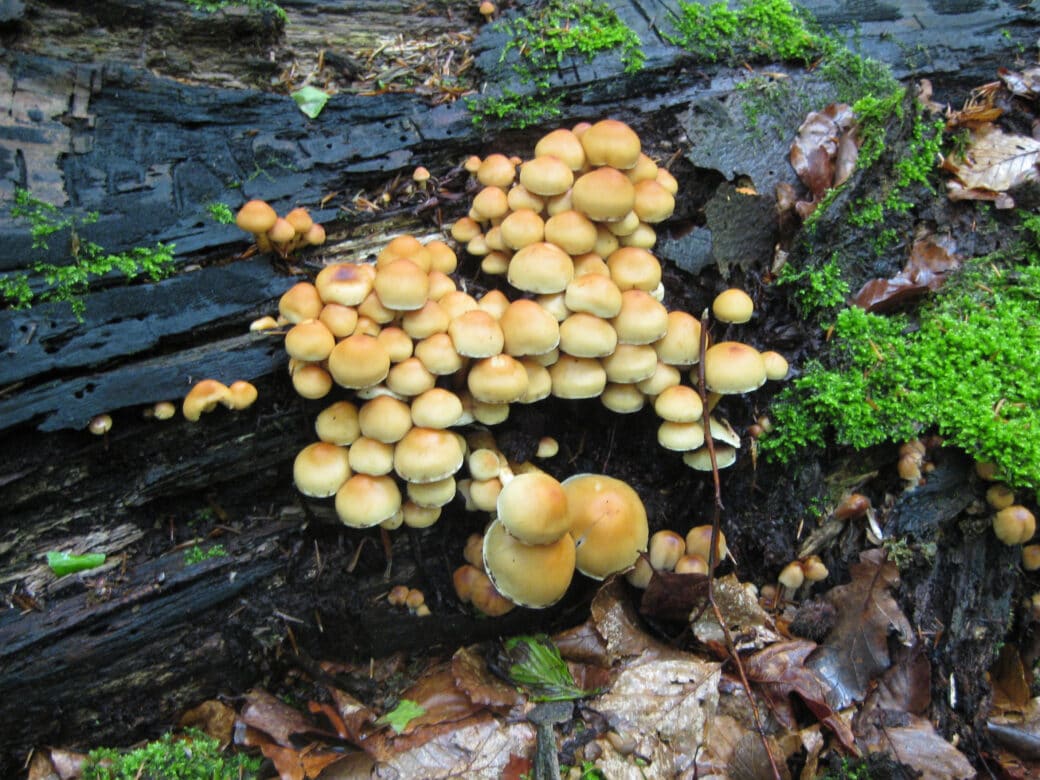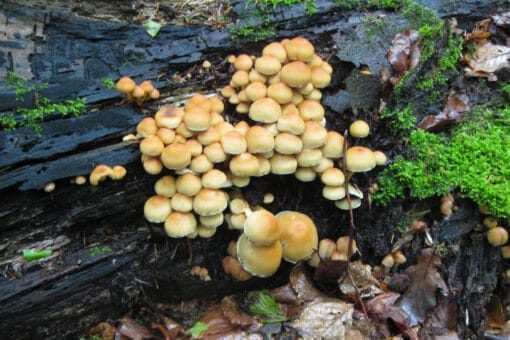Linking deadwood decay and nitrogen cycling: diversity and function of diazotrophs

Deadwood logs represent a highly diverse habitat for various species. Some of them contribute to the decomposition of deadwood, which is an eminent process in releasing and converting nutrients and carbon (C) resources in forest ecosystems. Our project focusses on microbial deadwood decay that is predominantly performed by white and brown rot fungi with associated bacteria and archaea. Particularly, in the initial phase of deadwood decay, nitrogen (N) is only available in low amounts. However, wood-decaying enzymes of fungi and the synthesis of fungal chitin-containing cell wall need significant amounts of N. Thus, deadwood composition is N-limited. Microbial fixation of 15N2 in deadwood logs has already been shown and is performed predominantly by free-living diazotrophic bacteria and archaea. However, despite their occurrence on deadwood, little is known about the functional diversity and activity of diazotrophs and their impact on deadwood decomposition.
By focusing on the functional biodiversity and ecosystem processes at the interface between microorganisms in forests and carbon resource of deadwood logs, the Woodstock project addresses the mutual relation between quantity, activity, and diversity of diazotrophs and the decay of logs of 13 tree species under the influence of different forest management intensities, field sites, and their environmental parameters.
In order to address this objective, we hypothesise that:
- N2 fixation rate and quantity of diazotrophs in deadwood differ among tree species, forest management intensity and exploratories.
- N2 fixation is controlled by temperature, C and oxygen (O) availability in logs.
- Diazotrophic community composition and N2 fixation differ along a radial gradient from outside to inside of the logs. Mosses covering logs represent a specific habitat for diazotrophs and a net N source.
- Diversity and activity of diazotrophs and deadwood decaying fungi are strongly associated because of their C and N requirements. Activity and quantity of diazotrophs differ at initial and advanced decay stage.
The Woodstock project combines state-of-the-art techniques of nucleic acid-based and elemental-based analyses:
- The nitrogen fixation rates will be determined by a 15N2 assay. Pieces of deadwood are incubated for 72 hours under a 15N2 enriched atmosphere. By comparing the δ15N content of before and after sample incubation, the rate of 15N2 fixation rate will be calculated.
- To measure quantity and diversity of diazotrophs on deadwood logs, quantitative PCR as well as amplicon sequencing on marker genes will be performed.
- An antibody-based pull-down approach, using bromodesoxyuridine (BrdU) as labeling-reagent, will be conducted to specifically analyse the proliferating, and, thus, active diazotrophic fraction of a complex microbial community.
- The ratio between concentrations of CO2, O2, CH4, mono- and disaccharides, and nutrients (N, P, S, K, Ca, Mg, etc.) will be determined as possible controlling factors of 15N2 fixation to the diazotrophic community.
The resulting dataset will not only allow statements to be made on the influence of diazotrophs on wood decomposition, but will also enable correlations with directly linked data sets, such as forest management intensities and other abiotic environmental factors.










